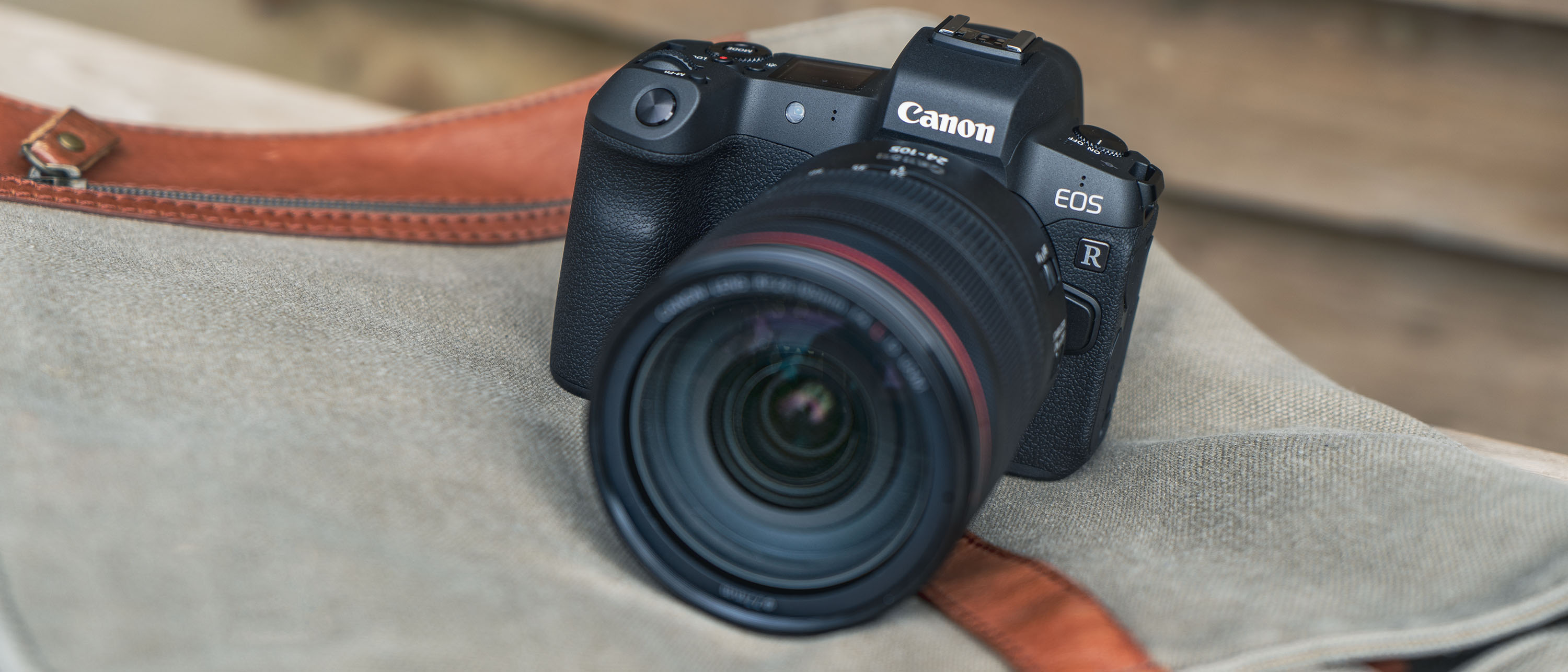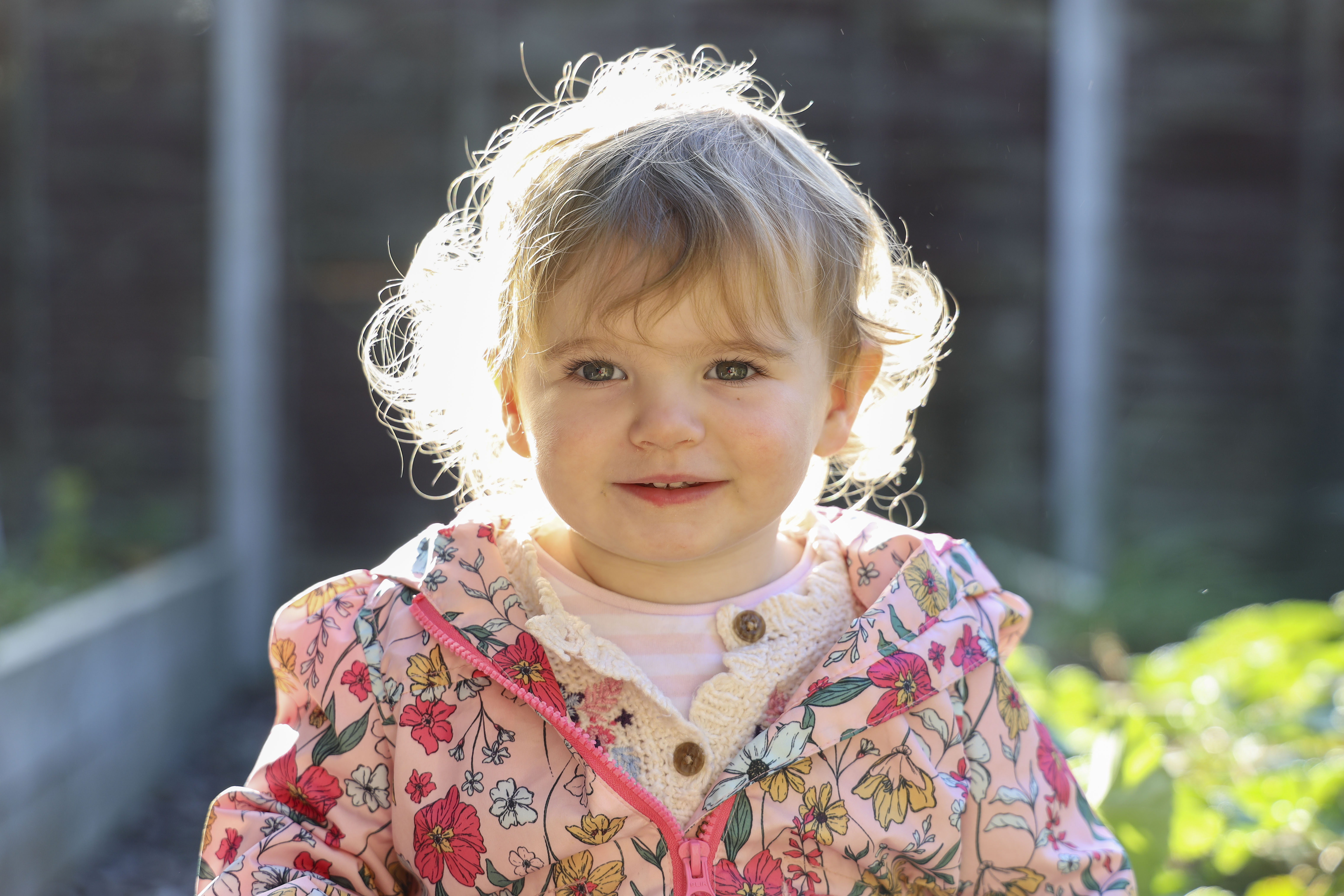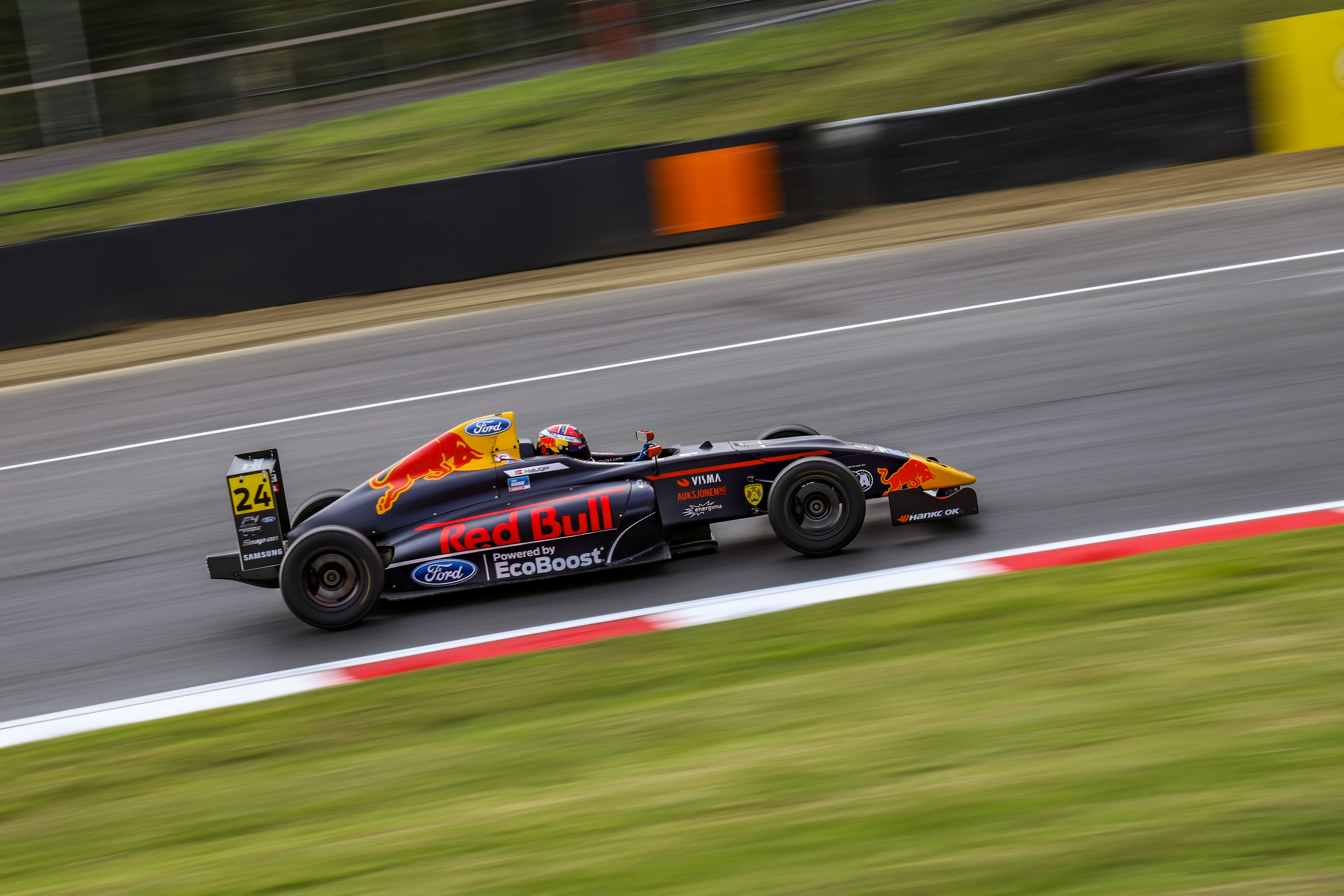Why you can trust TechRadar
Canon EOS R review: performance
- 8fps burst shooting
- Responsive vari-angle touchscreen
- Detailed and stable EVF
The EOS R is capable of shooting at 8fps – that's faster than Canon's own EOS 5D Mark IV (7fps), but behind both Sony's Alpha A7 III (10fps) and Nikon's Z6 (11fps). This drops down to 5fps with focus tracking, or a pedestrian 3fps if you want to use the EOS R's 'tracking priority' mode.
The buffer on the EOS R is pretty decent though, recording 47 raw files or 100 JPEGs before needing time to pause to process the data.
Canon, though, has its touchscreen functionality nicely sorted. Unlike Sony's limited touchscreen implementation on its mirrorless cameras, the EOS R's system lets you control a breadth of features. This not only covers shooting (including using the rear screen to touch and drag the AF point) and reviewing shots, but also navigating the EOS R's menu system and Quick menu. The touchscreen itself is nice and responsive under the finger.
The viewfinder in the EOS R doesn't disappoint either, and although the viewfinders inside the Nikon Z6 and Z7 offer a touch greater magnification, you probably wouldn't notice much difference between them unless you were comparing them side by side. It's large and detailed, and works very well in low light.
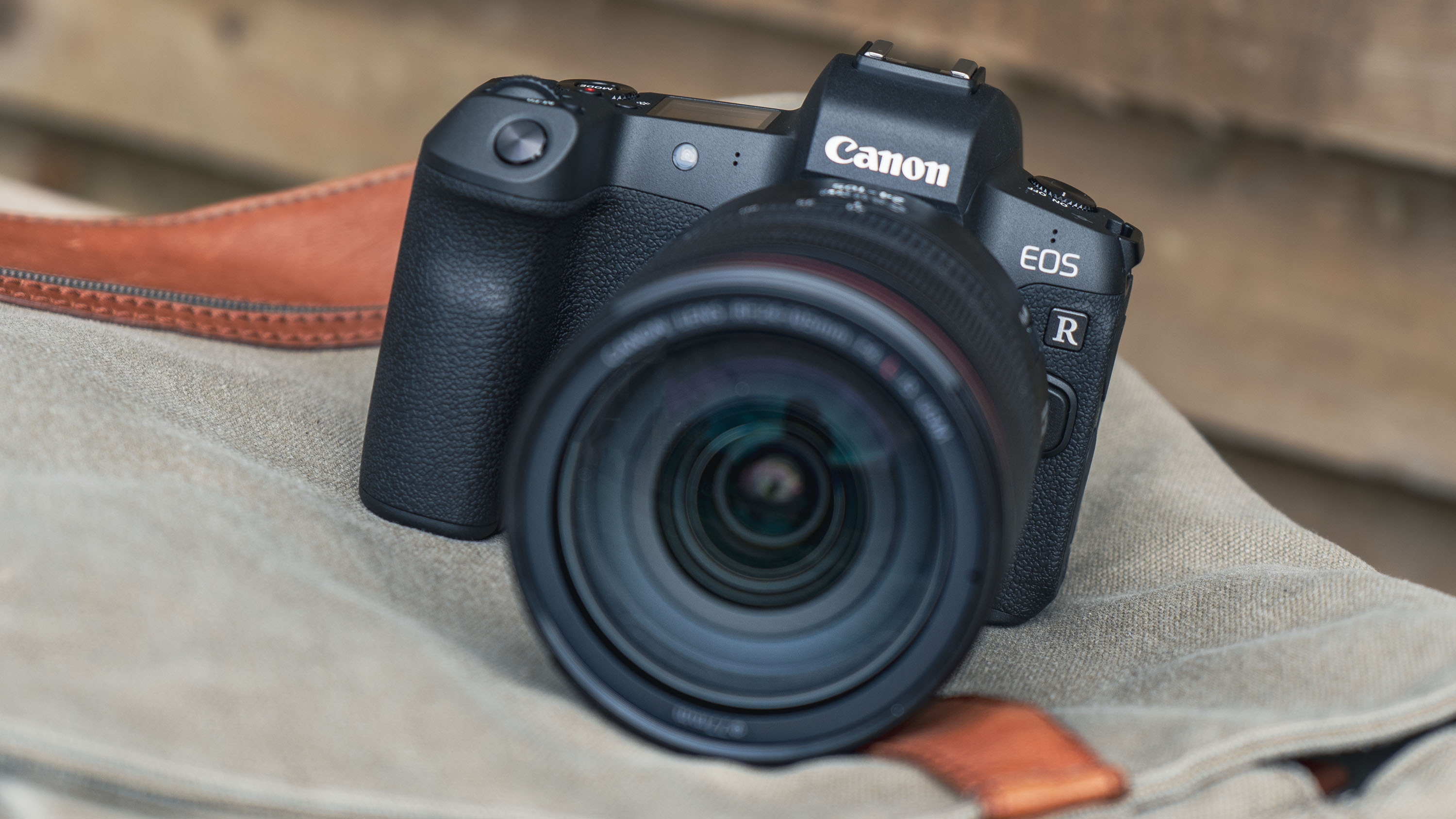
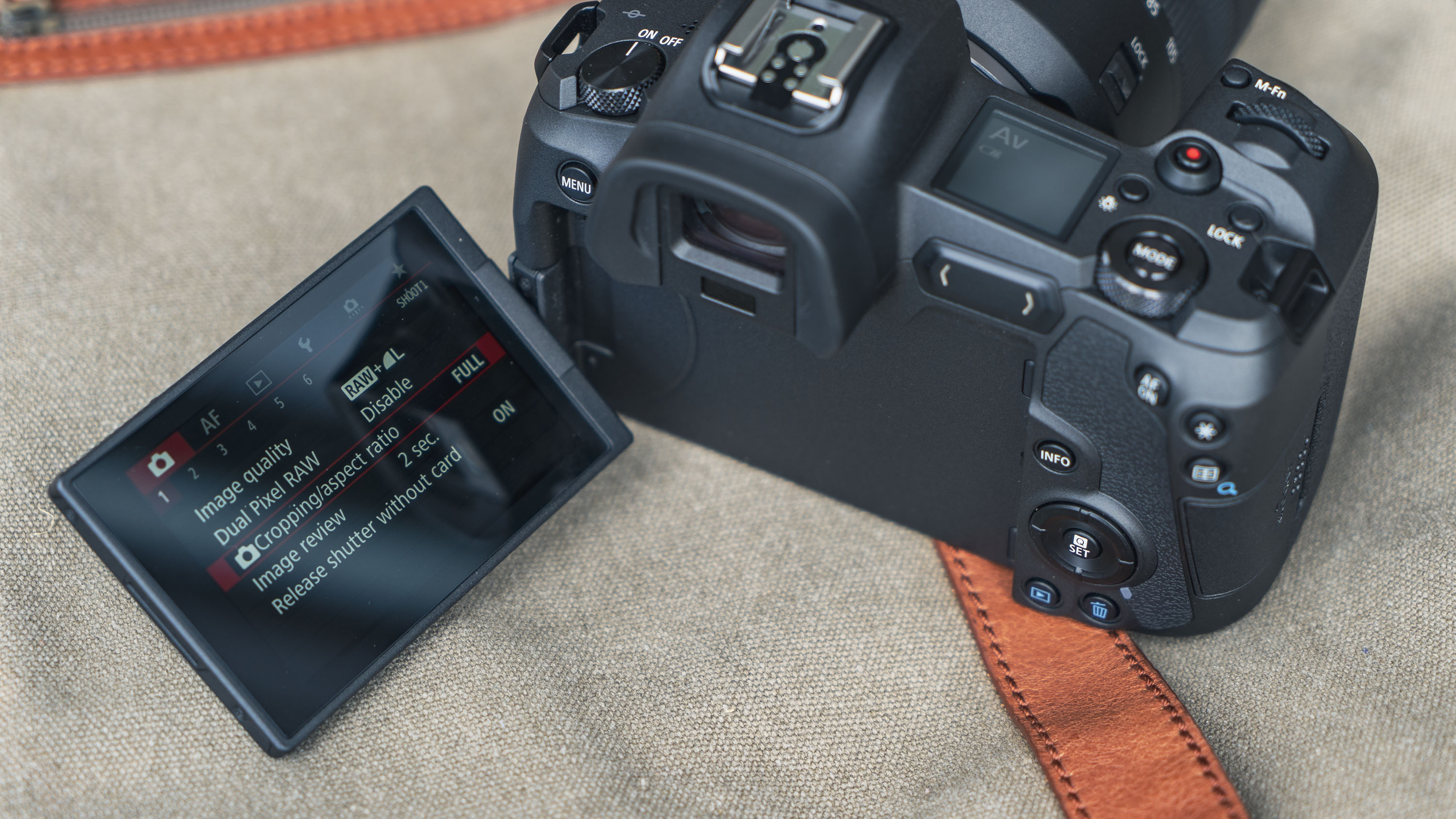
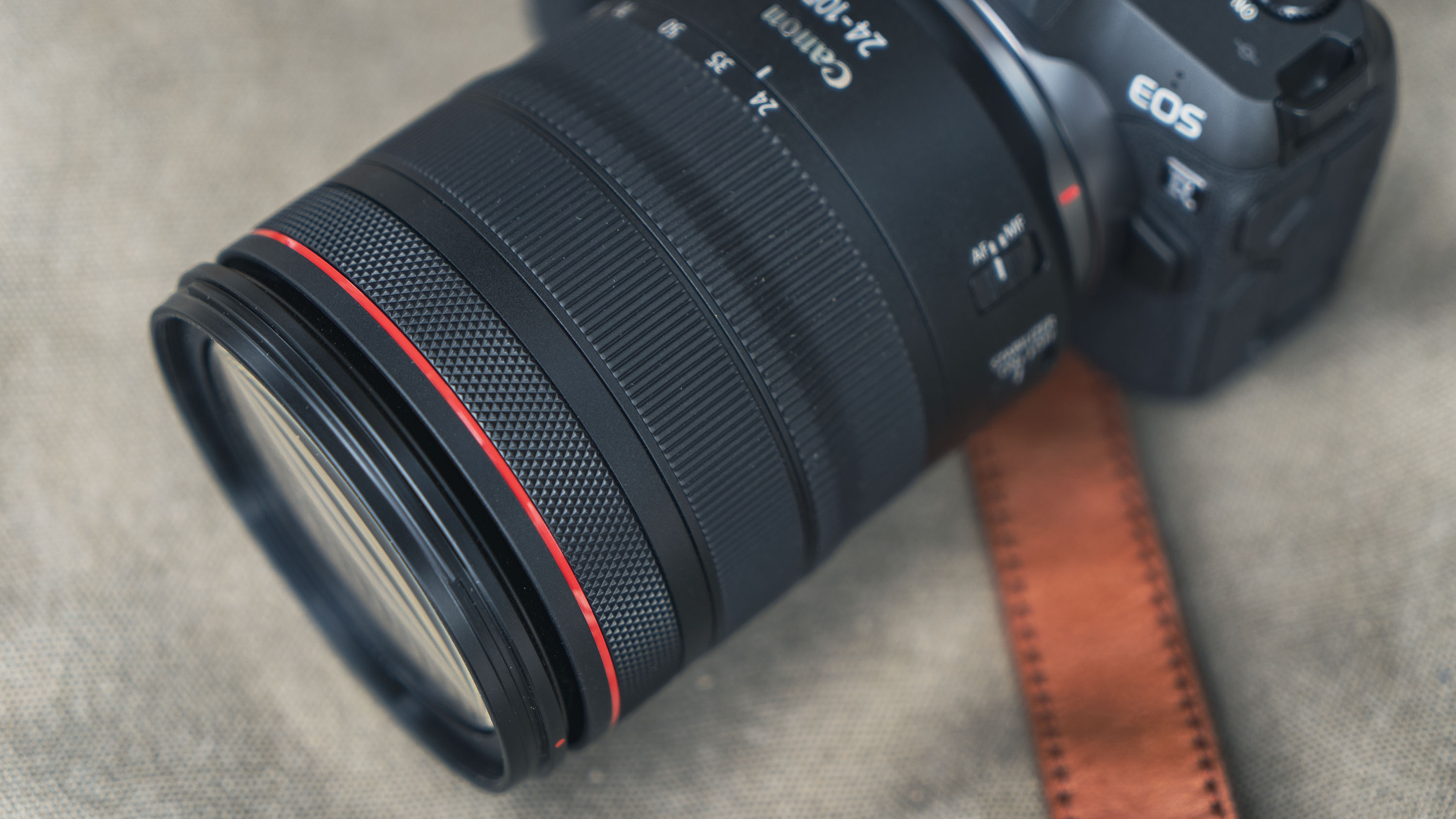
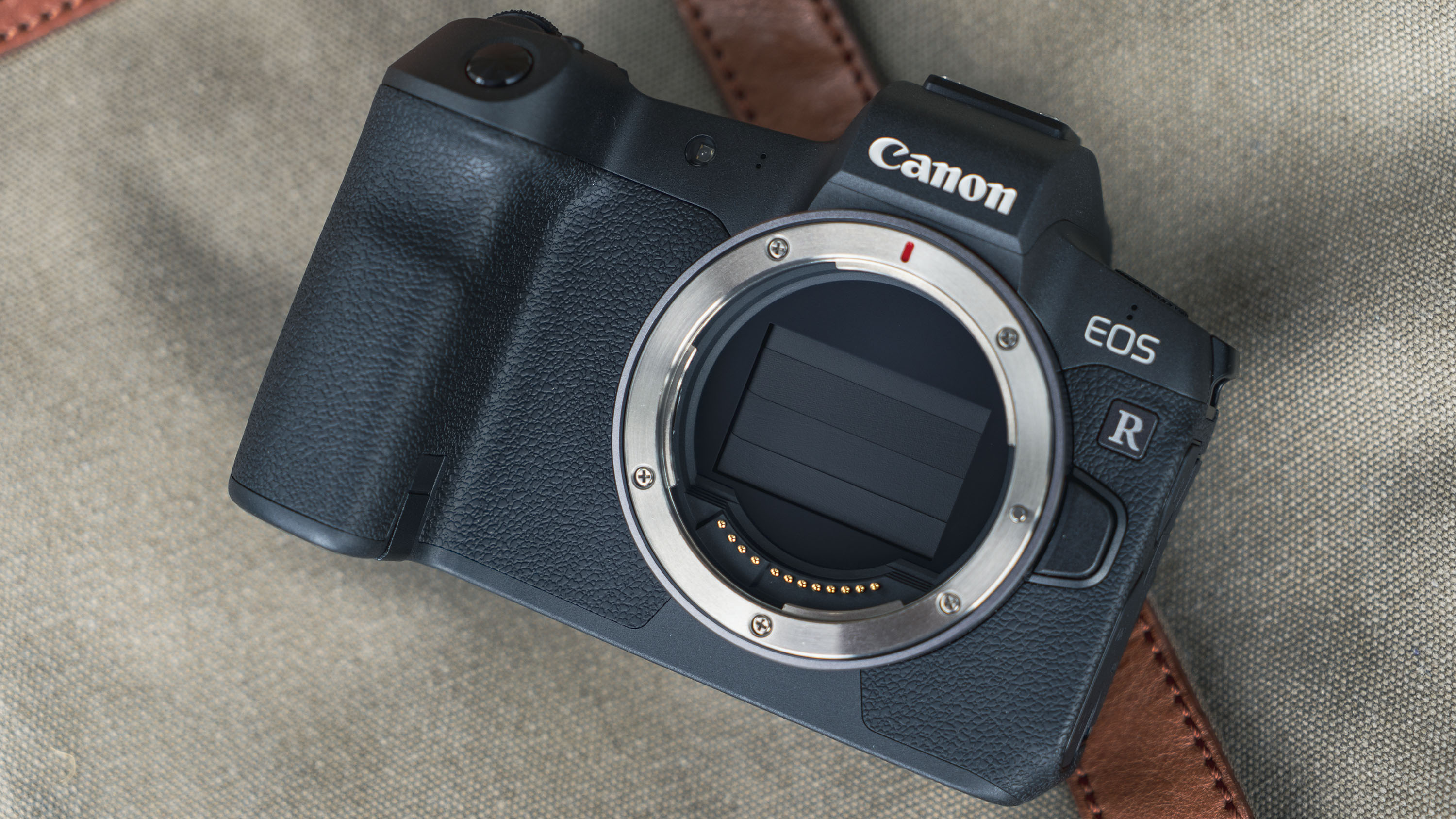
The responsiveness of the touchscreen is carried through to much of the camera's operation. Menus and captured images can be scrolled though without delay, while zooming in and around images is equally fast and fluid. There appears to be very little delay with the camera registering changes as you make them too.
Instead of the rear scroll-wheel that's found on high-end EOS DSLRs, the EOS R features a smaller control dial that wraps around the mode button on the top plate of the camera. This mode button is a curious affair – it feels like something that would be more at home on a PowerShot compact camera, and you can only see what the current shooting mode is on one of the displays, rather than on a physical control.
The large on/off switch to the left of the viewfinder feels like wasted space though; a better use of this space would be to have a mode dial with an on/off switch collar. To be fair though, Nikon's high-end DSLRs have relied on a single mode button for years and it hasn't been an issue.
A nice touch is the addition of a control ring on the new RF lenses
A nice touch is the addition of a control ring on the new RF lenses, similar to what you'd find on a lot of high-end fixed-lens compact cameras (like Canon's own PowerShot G1 X Mark III for example). The function of this can be adjusted to suit, with options including ISO and exposure compensation, and the fact that this is a clickable ring (the operation can be changed to smooth in the menu) will no doubt please many, as you get that useful immediate feedback.
The battery is good for between 330 and 560 shots, depending on how you're planning to use the camera – if you're predominantly using the electronic viewfinder you can expect it to be closer to the former. While this doesn't match the endurance of the battery in the Sony Alpha A7 III (710 shots), as we found with the Nikon Z7 (another new mirrorless camera with a modest 'rated' battery life), you can expect to get more shots under real-world shooting conditions.
Canon EOS R review: image quality
- Results very similar to EOS 5D Mark IV
- Image noise is handled well
- Good dynamic range
With the Canon EOS R having a similar sensor to the EOS 5D Mark IV, it's no surprise to see the EOS R deliver comparable image quality. That's very good news, as while it perhaps doesn't quite hit the heights in terms of resolution and dynamic range as the pricier 42MP and 45MP sensor rivals from Sony and Nikon, it's certainly the pick of Canon's sensor arsenal at the moment.
How does that translate to the real world then? Well, you should have no issues with producing a highly detailed Super A3 print, while A2 printing shouldn't be discounted given the appropriate post-production techniques.
Turning to sensitivity performance, and the EOS R controls image noise well. Results up to ISO800 show no signs of noise, with only a hint of luminance (grain-like) noise appearing at ISO2000. Push the sensitivity up to ISO10,000 and chroma (color) noise becomes noticeable, along with more pronounced luminance noise.
Dynamic range is very good, although the EOS R doesn't afford you the same class-leading flexibility as Sony and Nikon's full-frame megapixel monsters. That said, it's still possible to recover a decent amount of detail in the shadows, and preserve highlight detail, in post-processing,
We've come to expect very good color reproduction from Canon cameras, and the EOS R delivers nice, natural tones, with skin tones faithfully reproduced too; there are also a host of Picture Styles to choose from if you're planning on shooting JPEGs,
The EOS R's metering system also works well, delivering well-balanced exposures, while there are no nasty surprises when it comes to the camera's auto white balance system. There's a choice of either Ambience or White priority auto settings, with the latter delivering neutral images even under tungsten lighting, while Ambience priority has a bias to retain some warmth in the image.
Current page: Performance and image quality
Prev Page Build, handling and AF Next Page Verdict and competitionPhil Hall is an experienced writer and editor having worked on some of the largest photography magazines in the UK, and now edit the photography channel of TechRadar, the UK's biggest tech website and one of the largest in the world. He has also worked on numerous commercial projects, including working with manufacturers like Nikon and Fujifilm on bespoke printed and online camera guides, as well as writing technique blogs and copy for the John Lewis Technology guide.
